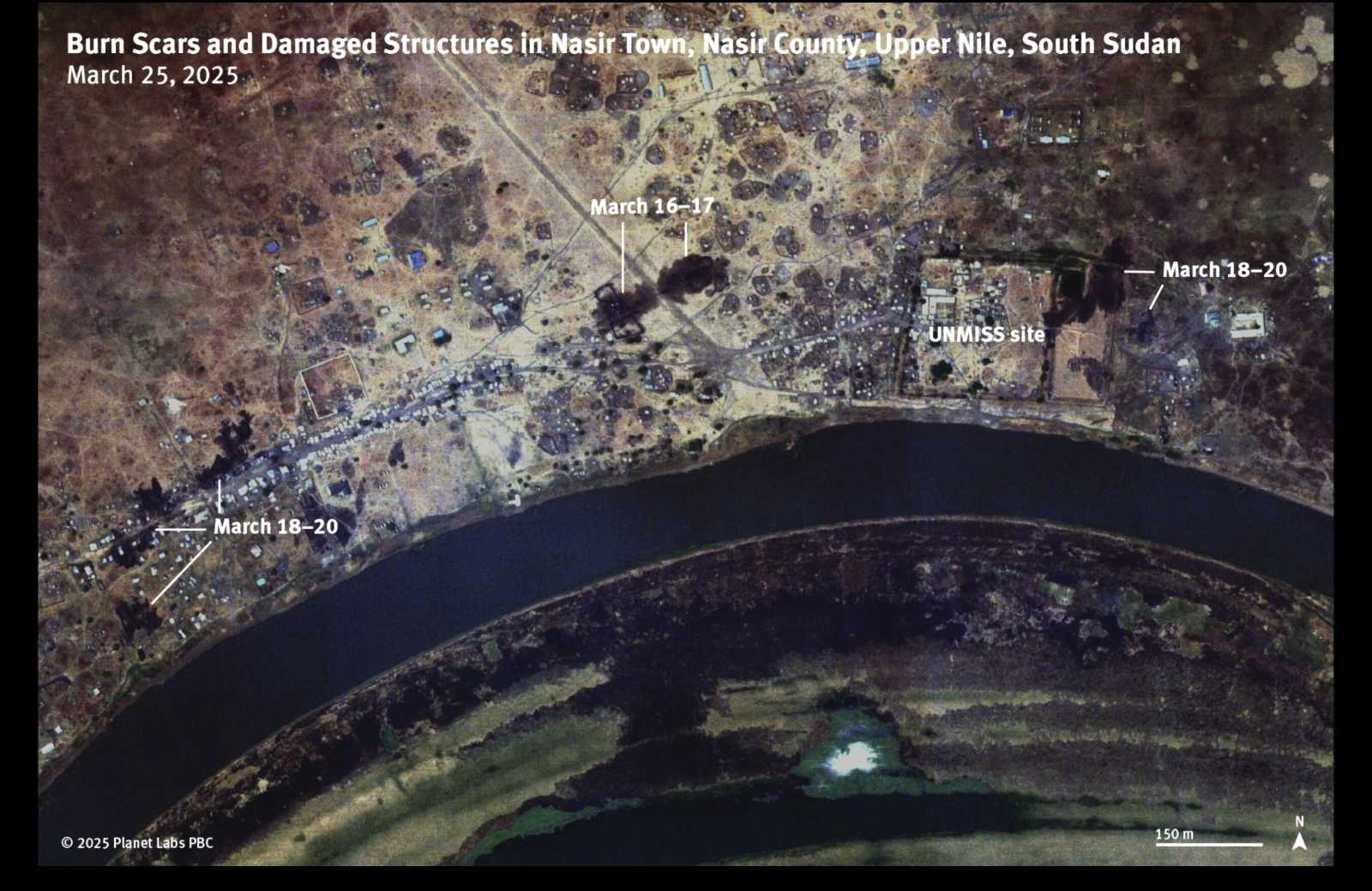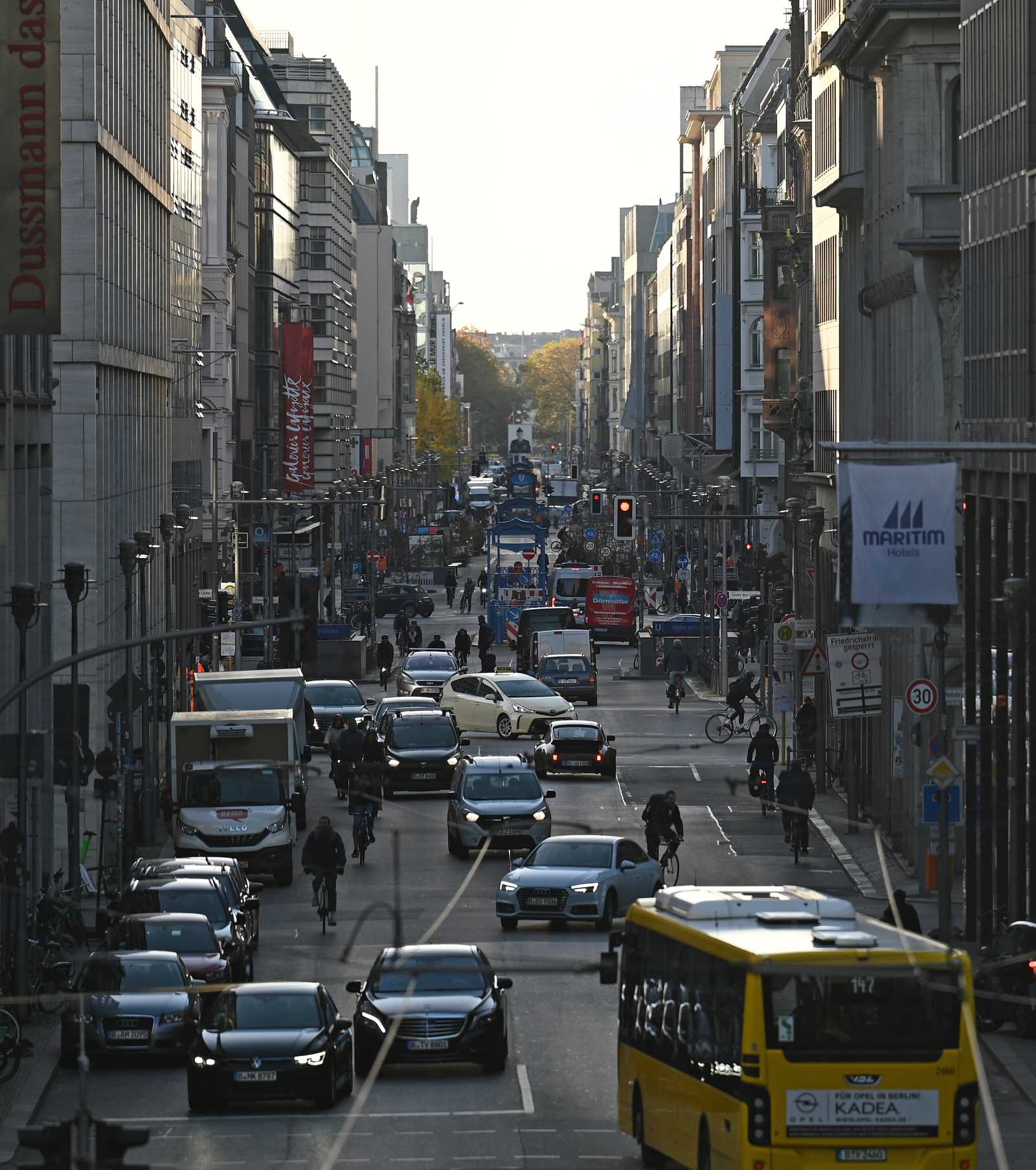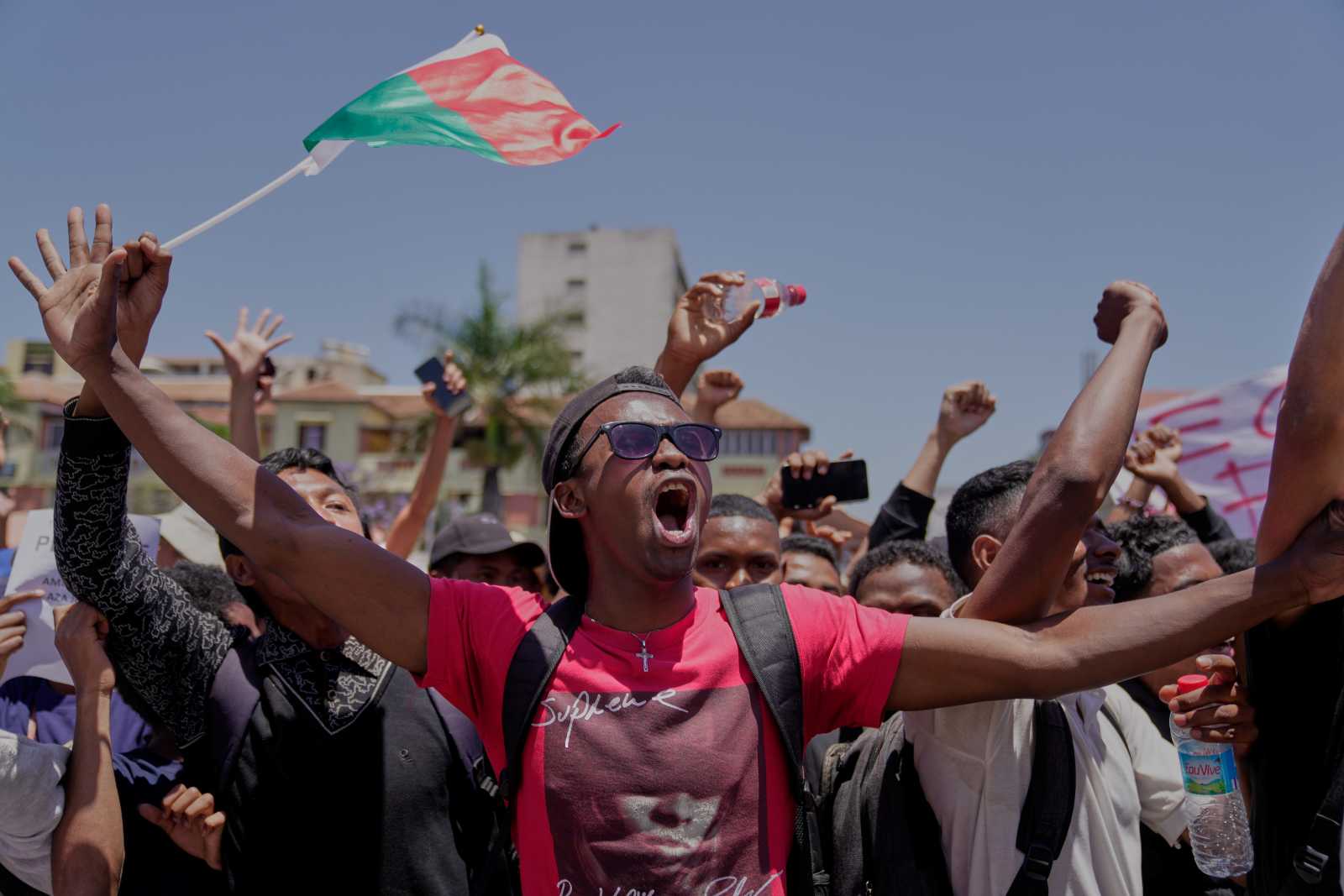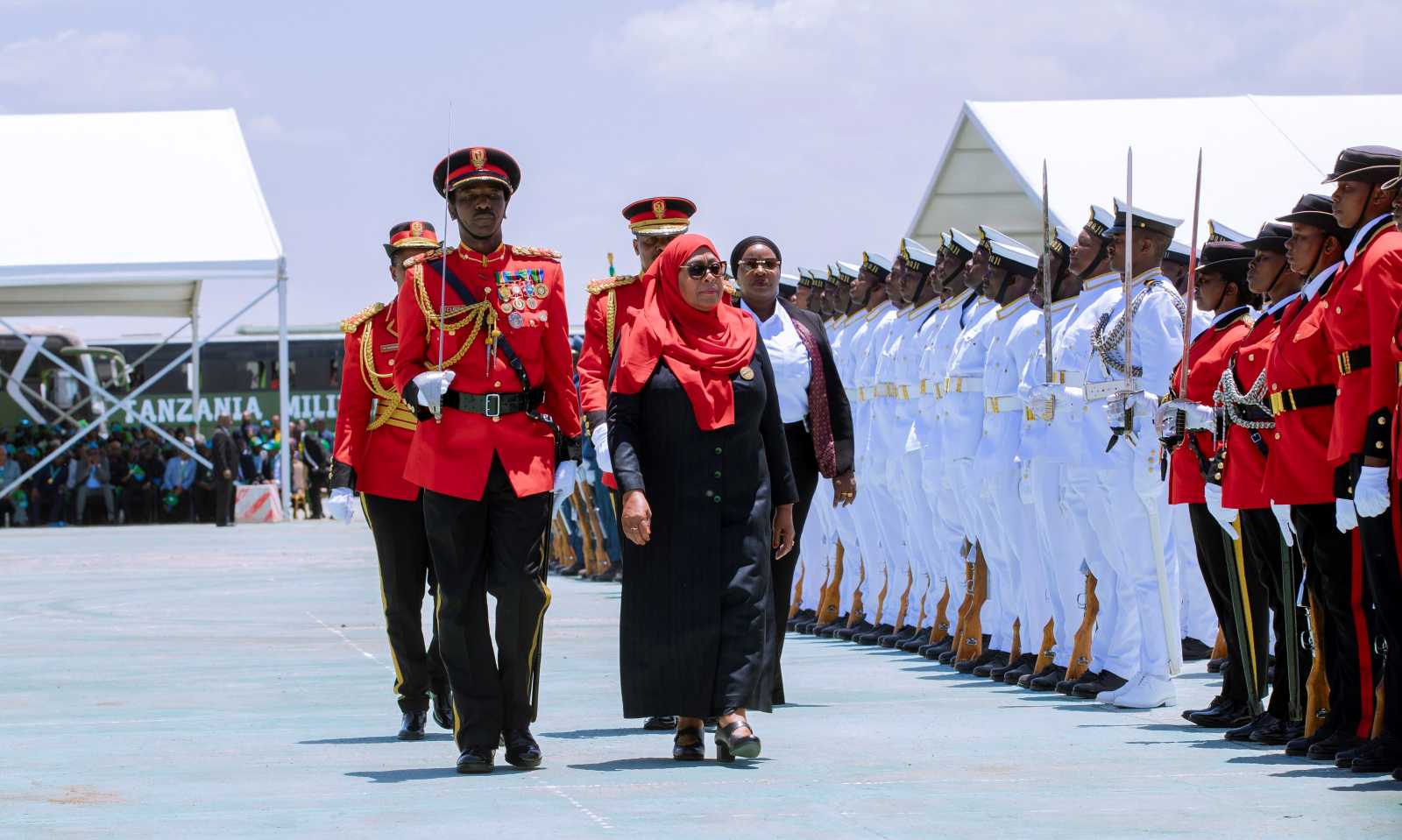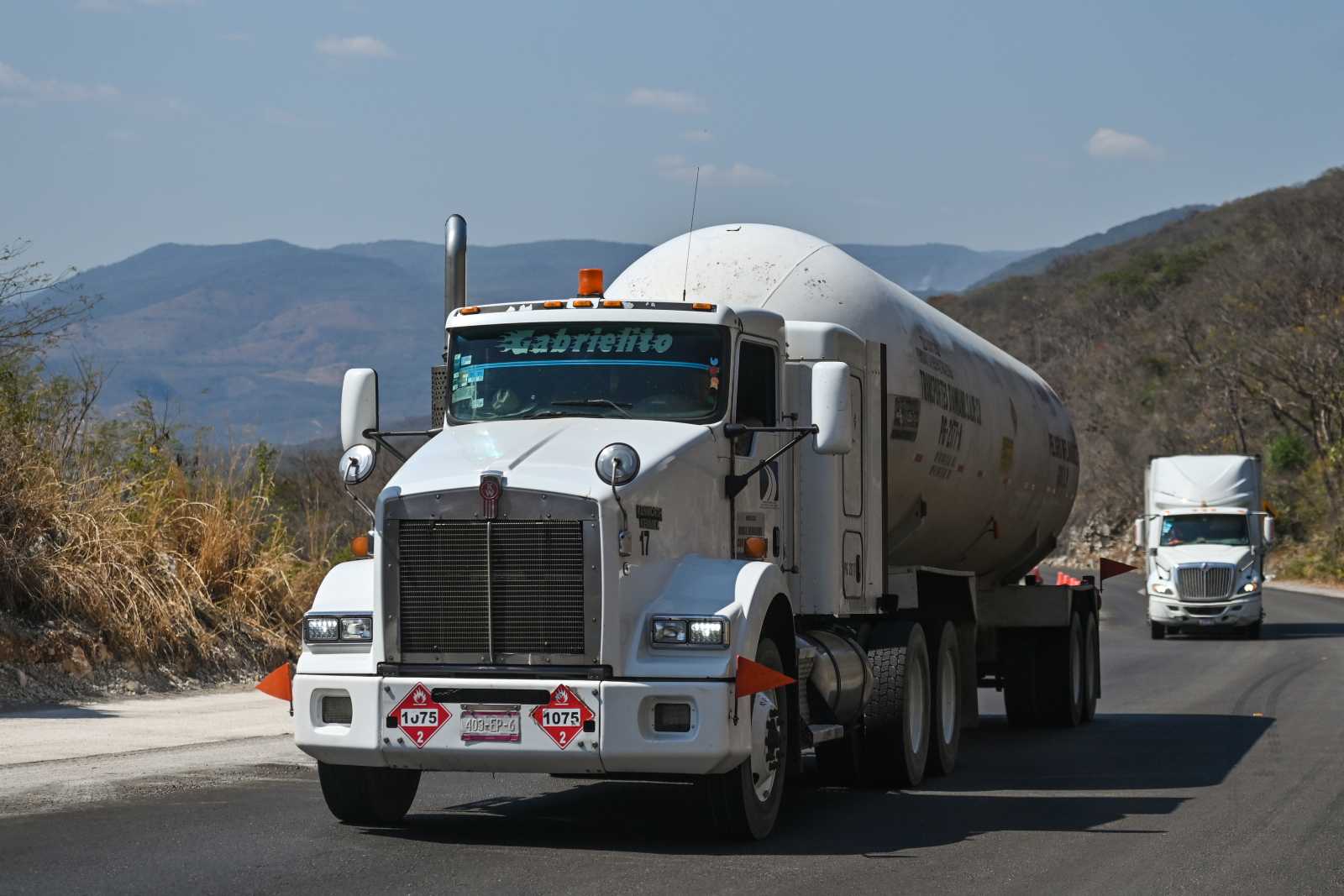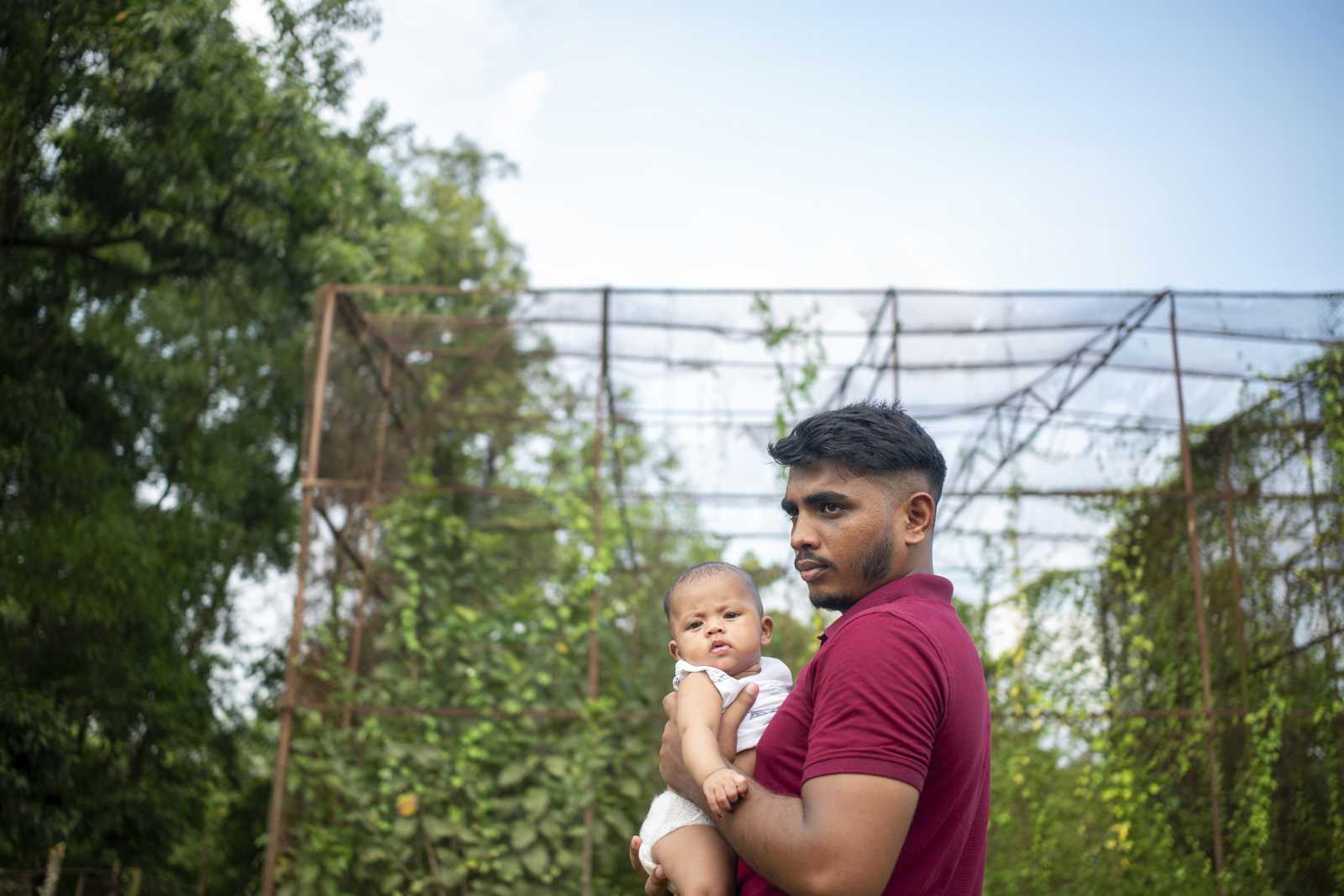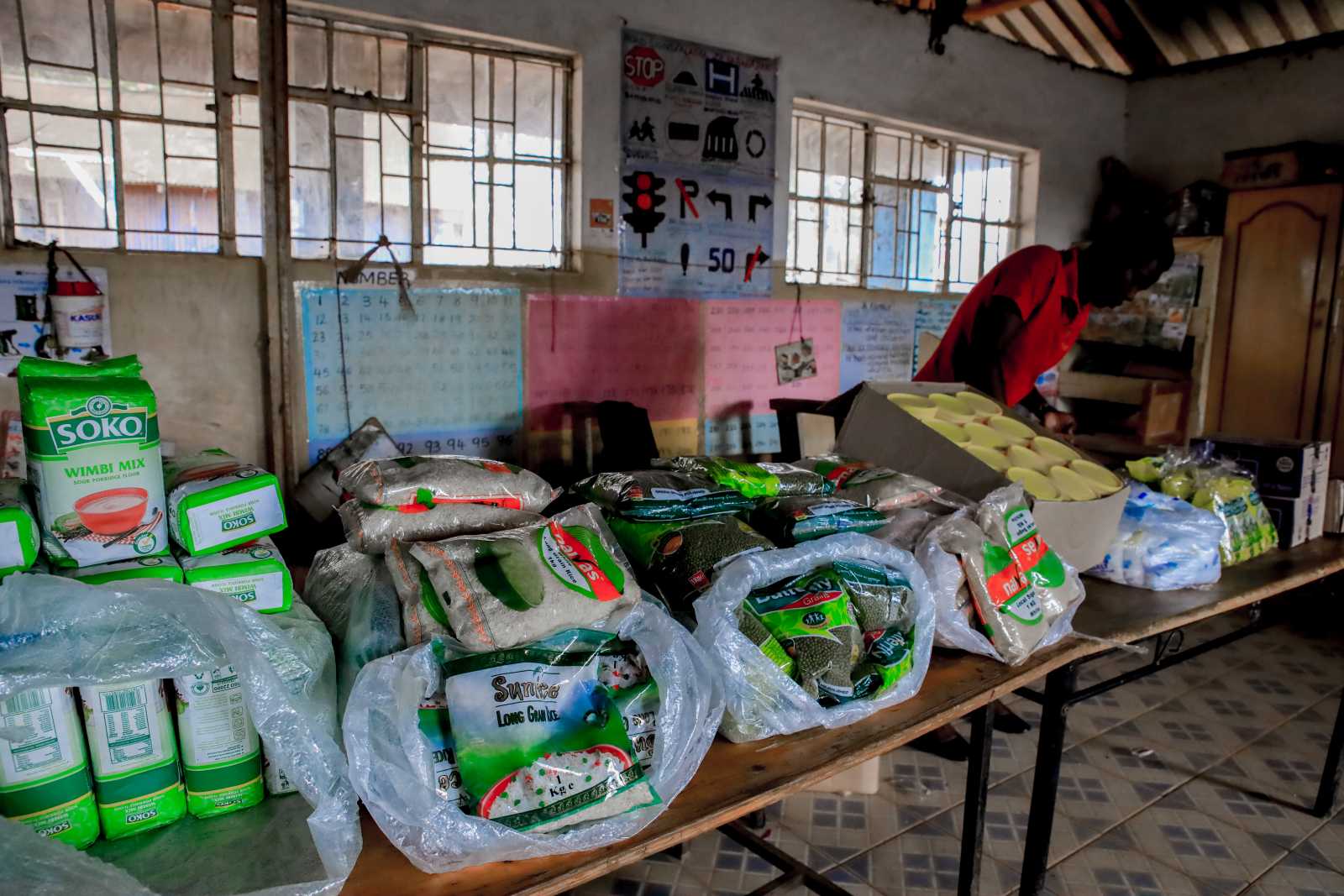Heat
The vicious circle of inattention

South Sudan has been struggling with unpredictable weather conditions for years. Schools had to be temporarily closed in two consecutive years due to extreme weather. In March 2024 and February this year, the South Sudanese government closed all schools across the country for more than two weeks, leaving tens of thousands of students unable to attend classes.
This decision had to be taken to protect students from heat waves that saw temperatures soar as high as 45 degrees Celsius. It was among other things reports from non-governmental organisations such as Save the Children about students collapsing in schools in the capital Juba that prompted the government to take action.
The country is particularly vulnerable to the effects of the climate crisis and extreme weather events. Rainy seasons, which last from May to July, are becoming increasingly intense, leading to flooding. This is followed by long dry spells from November to March, with severe heat waves.
Extreme weather has destroyed livelihoods and displaced communities, exacerbating existing inequalities and conflicts. Compared to other problems facing South Sudan, however, climate change receives little attention from the country’s population and media.
The focus remains primarily on dealing with the consequences of many years of civil war and repeated ethnic conflicts, which are currently flaring up again and threatening South Sudan’s fragile peace. High poverty rates among many parts of the population and problems in governance also attract a lot of public attention, meaning that climate-related challenges are not adequately addressed or prioritised.
Only when climate events become so extreme that children are forced for example to stay home from school for weeks do the public and the government become concerned. The school closures in February were among the reasons that prompted President Salva Kiir to invite the executive director of the Green Climate Fund (GCF) to visit the country in March. It was the GCF’s first-ever delegation to South Sudan. The GCF is supported by the UN and helps developing countries reduce their greenhouse-gas emissions and adapt to climate change.
A lack of public pressure leads to weak governance
It is safe to say that weak governance and inadequate policy measures are eroding the country’s ability to adapt to climate change. At the same time, this is because the government, in the absence of public pressure, is inclined to push the issue down the agenda – and has been very busy lately manoeuvring the country back to the brink of war through an escalating conflict between Kiir and Vice President Riek Machar and their respective supporters.
This vicious “circle of inattention” is then reflected in a dearth of adaptation measures, as can be seen from the example of school closures. Many secondary and primary schools lack the necessary infrastructure and are unable to cope with the challenges posed by extreme weather events. Most schools are made of sheet metal and have no electricity. Furthermore, most educational facilities are too small in any case to accommodate a large number of students. In February and March, classrooms become unbearably hot.
South Sudan is one of the countries with the lowest literacy rate in the world, at just 34 %. Efforts are being made to improve this situation, but repeated long interruptions to schooling are obviously not helpful.
One solution could be to adjust the school calendar. For example, the Ministry of Education could introduce a school year based on two rather than three terms. This would mean that schools would remain closed from January to March in order to adapt to the climatic conditions and avoid further interruptions to learning. Many teachers and education policymakers are already calling for this.
More funding should also be allocated to renovating schools to improve ventilation. Air conditioning systems are not a viable option as they consume a lot of energy and contribute to air pollution. Heat-resistant building materials and architectural solutions are needed instead.
But all this requires attention that does not fade when temperatures drop again or the next wave of ethnic violence breaks out in a region. This is not easy, because the problems competing for attention in South Sudan – and in many other places around the world – are grave. The trouble is that climate change will eventually overshadow or exacerbate all other problems. It is the responsibility of civil society and the media to keep this in the public consciousness.
Alba Nakuwa is a freelance journalist from South Sudan based in Nairobi.
albanakwa@gmail.com
This story is part of The 89 Percent Project, an initiative of the global journalism collaboration Covering Climate Now.


